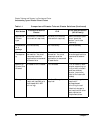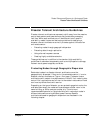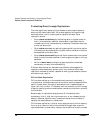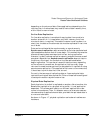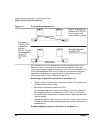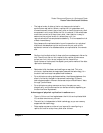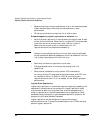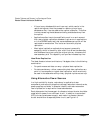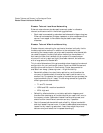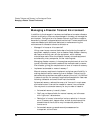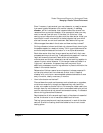
Disaster Tolerance and Recovery in a Serviceguard Cluster
Disaster Tolerant Architecture Guidelines
Chapter 142
• Because there are multiple read devices, that is, the node has access
to both copies of data, there may be improvements in read
performance.
• Writes are synchronous unless the link or disk is down.
Disadvantages of physical replication in software are:
• As with physical replication in the hardware, the logical order of data
writes is not maintained. When the link is restored, if there has been
more than one write to the primary disk, there is no way to
determine the original order of transactions until the
resynchronization has completed successfully.
NOTE Configuring the software so that a write to disk must be replicated
on the remote disk before a subsequent write is allowed can limit the
risk of data inconsistency while the link is up.
• Additional hardware is required for the cluster.
• Distance between sites is limited by the physical disk link
capabilities.
• Performance is affected by many factors: CPU overhead for
mirroring, double I/Os, degraded write performance, and CPU time
for resynchronization. In addition, CPU failure may cause a
resynchronization even if it is not needed, further affecting system
performance.
Logical Data Replication
Logical data replication is a method of replicating data by repeating the
sequence of transactions at the remote site. Logical replication often
must be done at both the file system level, and the database level in
order to replicate all of the data associated with an application. Most
database vendors have one or more database replication products. An
example is the Oracle Standby Database.
Logical replication can be configured to use synchronous or
asynchronous writes. Transaction processing monitors (TPMs) can also
perform logical replication.



